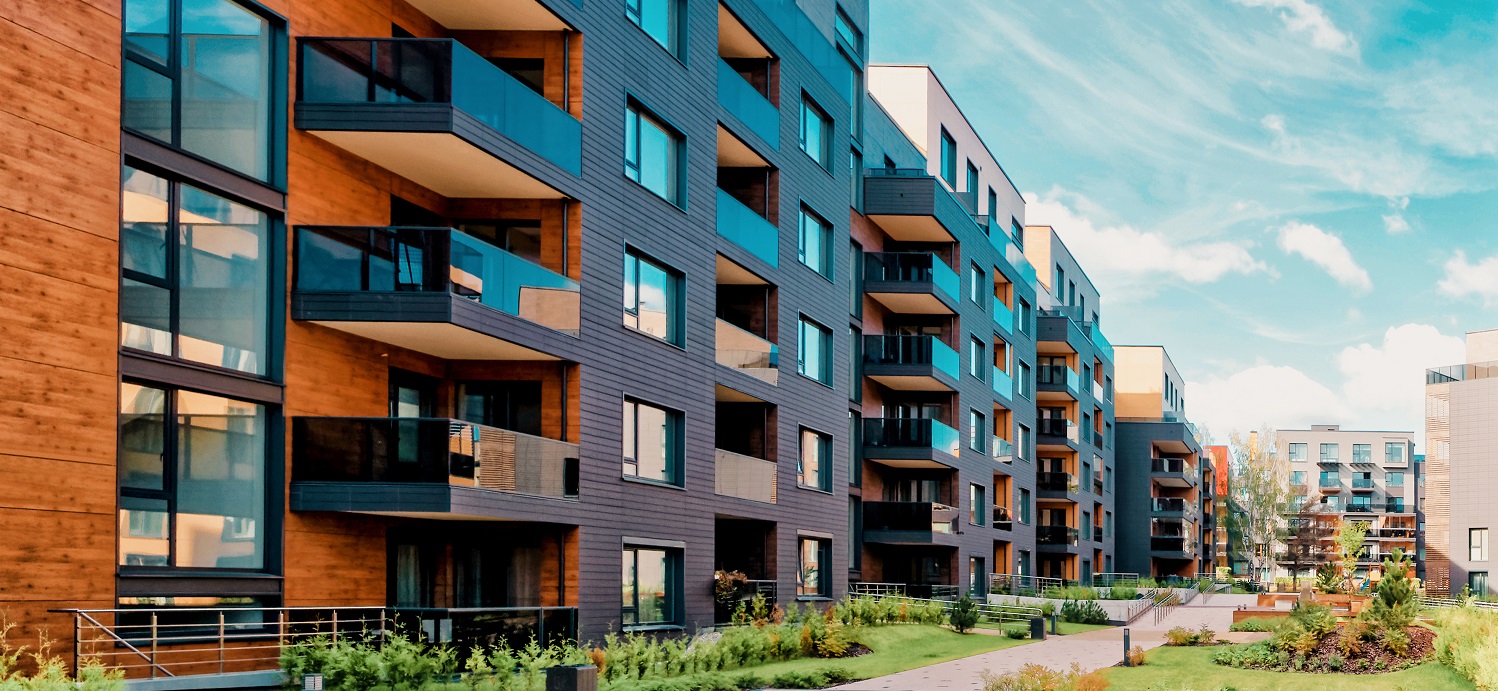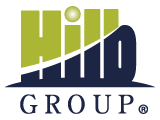
When it comes to homeowners’ and condo association insurance, property managers have a lot on their plate. Not only do you have to decode and implement the advice of concerned insurance agents, but you also must communicate the resulting costs to potentially confused unit owners.
Understanding the complexities of condo owners’ association (COA) and homeowners’ association (HOA) insurance has never been easy. But with surging inflation and a hard market drastically altering industry norms, managing, and explaining these costs has become especially challenging.
Despite these complications, there are still several effective methods that can help property managers mitigate rising premiums.
To give you a complete understanding of how to do so, below we’ll explore:
- The dynamics of a hard insurance market.
- The essential coverages needed for condo or homeowners’ associations.
- The factors that cause homeowners’ or condo association insurance premiums to rise.
- Best practices for reducing habitational insurance costs without compromising on coverage.
Armed with this knowledge, you should be more capable of controlling your costs and better equipped to explain how these solutions work when questions arise.
Understanding the Hard Insurance Market
In insurance, a “hard market” occurs when carriers increase premiums and implement stricter underwriting criteria. The result is that the availability of coverage decreases, making it harder and more expensive to get or keep insurance.
The current hard market stems from several issues. In recent years, a staggering rise in extreme weather events has made wildfires, hurricanes, and floods much more common. Typically, these events had been considered “secondary” risks. But now, even basic insurance policies must cover these items. In some cases, like for wooden buildings near the coast, the risk has become so high that certain carriers simply can’t charge enough to cover the possible losses. As a result, they might not even offer coverage.
A surge in inflation has also caused construction prices to rise, making the cost of rebuilding or fixing damaged properties significantly more expensive. This causes insurance companies to pay more for claims, which raises premiums.
Ultimately, what this all means for you is that fewer homeowners’ and condo association insurance companies are willing to take the risk to insure your properties. The ones that will take the risk can be more selective about who they insure. And in turn, they can charge more for that service.
What Type of Homeowners’ and Condo Association Insurance Coverage Do Property Management Companies Need?
Understanding and securing the right habitational insurance coverage is a key aspect of successful property management. Here are some of the essential insurance types that are typically required:
Property Insurance: Covers the physical assets of the association, including buildings and common areas, against damage from events like fires, storms, or vandalism.
Liability Insurance: Protects the association against claims of injury or property damage occurring on the property.
Employee Dishonesty/Crime/Fidelity Bond: Protects against financial losses due to fraudulent activities or dishonest acts committed by employees or board members.
Directors and Officers (D&O) Coverage: Safeguards the personal assets of board members and officers if they are sued for wrongful acts while managing the association.
Workers’ Compensation: Depending on the state, this may be required, even if you don’t have any employees.
While this guide should help, in the end, it’s important to consult with your broker and cross-check against your association’s bylaws to ensure you have all the coverage you require.
The Factors That Make Homeowners’ and Condo Association Insurance Premiums Rise
Geographical location, environmental risks, and your property’s age and physical condition will always be the main factors when determining premiums. But since you mostly aren’t in control of those elements, we’ll focus on three areas where you can take immediate action to help minimize high costs.
Frequency of Claims
A popular saying within insurance claims departments states, “Frequency leads to severity.” It doesn’t matter whether the claims are minor and inexpensive; when several are filed within a relatively short time, insurance companies become wary that a larger incident is just around the corner. And if your carrier has cause to believe the risk of a significant future incident is rising, they will likely raise premiums accordingly.
Being Underinsured
Homeowners’ and condo association insurance needs constantly evolve. As enhancements are added or property values change, the amount of insurance you need will also change.
If you fail to regularly communicate with your insurance carrier, you could be in for a huge jump in premium costs when your renewals come around.
This has recently become particularly problematic, with inflation causing construction costs to skyrocket. In some cases, because associations have neglected to update their insurance agent, we have seen their replacement costs double without them even being aware.
Outdated Bylaws and Their Impact
In most cases, when homes or condos within a development are constructed, the builder takes responsibility for the risks associated with construction. In doing so, they write declarations and bylaws that make them liable for a wide variety of incidents and select a broad insurance policy to cover those potential scenarios. Once construction is completed, however, they quickly pass this responsibility to the COA or HOA.
Ideally, it’s at this point that the board should update the bylaws to pass some of the liability for inherent risks to unit owners. For example, an association could transfer the costs for insuring against kitchen fires to unit owners since these happen within the confines of their private units. However, this doesn’t always happen.
If bylaws are not updated to help distribute the risks more evenly, this could be reflected in your homeowners’ and condo association insurance costs in various ways. Careless unit owners could drive up rates with frequent minor claims. Or you may be over-insured and paying for scenarios you aren’t particularly at risk for.
Best Practices for Reducing Condo and Homeowners’ Association Insurance Coverage Costs
To remedy the above issues, here are some immediately actionable steps you can take:
Quickly Address Small Issues
To prevent minor issues from becoming big ones and avoid repeated small claims, fix any minor problems that arise immediately.
It might seem like overkill to send over a professional for a small leak from a sink in a rarely used common area. But if the plumber spots a larger issue or even just prevents a minor incident that would have led to a claim, it will pay off in the long run.
Conduct Regular Inspections and Preventative Maintenance
Regular maintenance of critical property components is crucial for reducing risk. Focus on these:
- HVAC Systems
- Dryer Vents
- Electrical Systems
- Plumbing
- Water Heaters
- Roof and Drainage Systems
- Vacant Units
These measures not only prevent damages, but also extend the life of your managed property, reducing the likelihood of claims.
Conduct Regular Insurance Reviews
To avoid being over- or under-insured, regularly review your homeowners’ and condo association insurance policies with your broker and update them on any changes made to your properties.
Increase Your Deductibles, if Possible
Deductibles are the amount of money that a policyholder must pay out-of-pocket before their insurance coverage kicks in for a claim. It’s a way of sharing risk between the insurer and the insured. Typically, larger deductibles mean lower premiums and vice-versa.
If your association feels confident in its safety practices and has the reserve funds to cover higher out-of-pocket costs in case of an incident, raising your deductibles could be an option. This way, by willingly taking on more risk long-term, you can alleviate some of your short-term premium costs.
Require Loss Assessment Coverage for Unit Owners
Loss Assessment coverage is a relatively inexpensive additional layer of protection for unit owners. It covers their share of the costs for damages to common areas or improvements to the building should those damages exceed the association’s policy limits.
This risk distribution can alleviate the need for the association to maintain a significantly more expensive homeowners’ and condo association insurance master policy.
Review and Update Outdated Bylaws
While we understand that association bylaws aren’t exactly thrilling to read, understanding them is crucial to knowing where the responsibilities of the association and individual unit owners begin and end.
This process will likely involve some tedious back and forth between your attorney and brokers to find the most effective distribution of risk. But reviewing and updating your bylaws will allow you to:
- Clearly define what damages or areas the association covers and what falls under the individual unit owner’s responsibility.
- Ensure those responsibilities are aligned with your current property values and risks.
- Minimize unnecessary liabilities for your association.
- Make them more fair and comprehensive.
- Possibly lower your premiums.
The bottom line is with the current hard market limiting options and driving up premiums, property managers will need to stay informed and active to keep insurance for condo associations low. The key is keeping all involved parties and relevant documents up to date, so risk is always distributed appropriately.
Want guidance on how to get your association the right coverage at the best possible rates? Don’t hesitate to contact Elaine Obie at eobie@hilbgroup.com.
